Reportar esta entrada
Más sobre la misma comunidad-colección
Exhibición de la Sociedad Médica del Condado de El Paso
Early examine chair with stirrups. The El Paso County Medical ...
Exhibición de la Sociedad Médica del Condado de El Paso
A cabinet with actual medicine bottles and an examination chair ...
Exhibición de la Sociedad Médica del Condado de El Paso
The El Paso County Medical Society (EPCMS) was established in ...
Esther Pickett en su vestuario de Año Nuevo
The image shows Esther Pickett in her New Year's costume. The ...
La Reina del Sun Bowl Constance “Neville” White
Sun Bowl Queen Constance "Neville" White pictured on a float ...
La coronación de la Reina del Sol
The Sun Queen Coronation has been part of the Sun Bowl since the ...
El Juzgado del Condado de El Paso
This El Paso County Courthouse was in existence from 1917-1990, ...







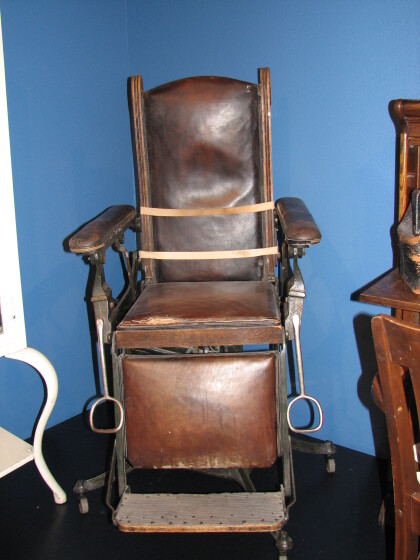
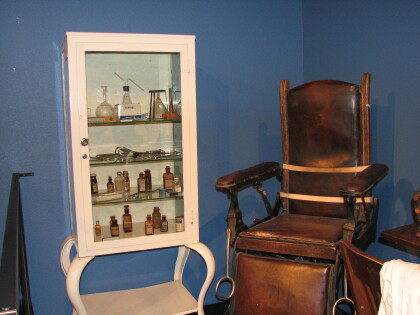
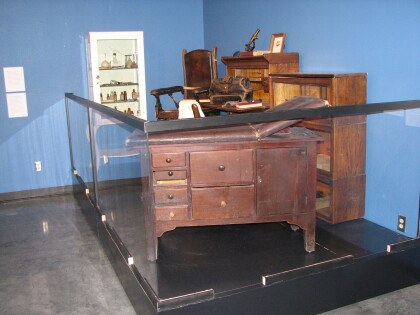
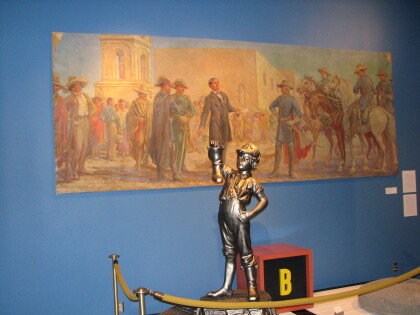
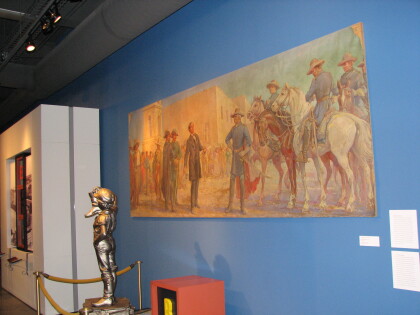
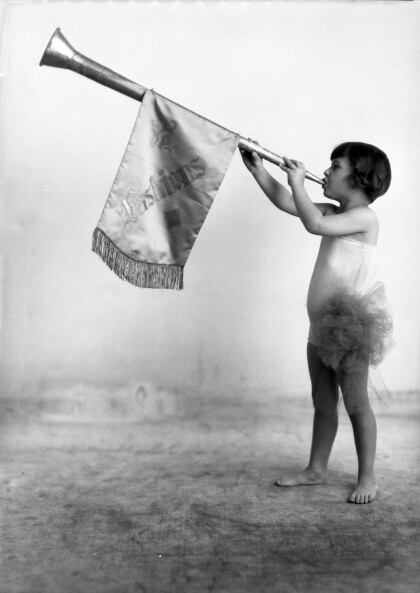


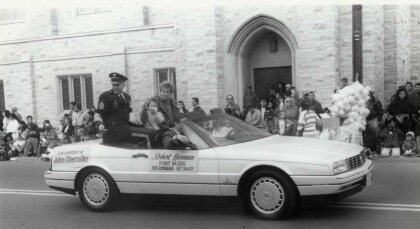
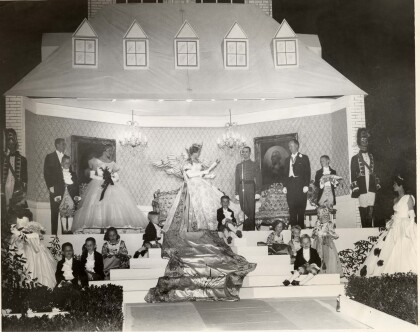
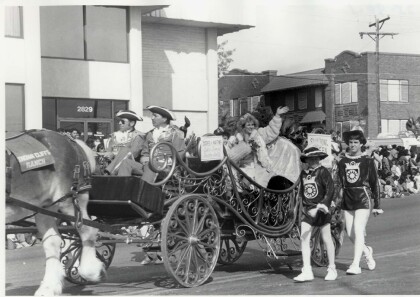
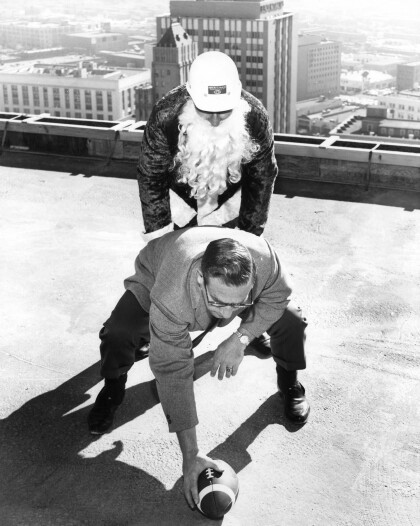
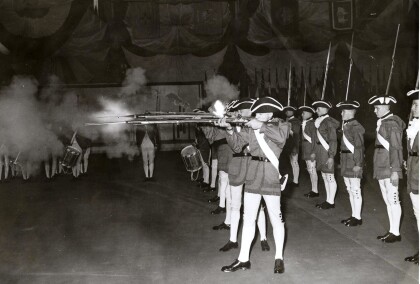
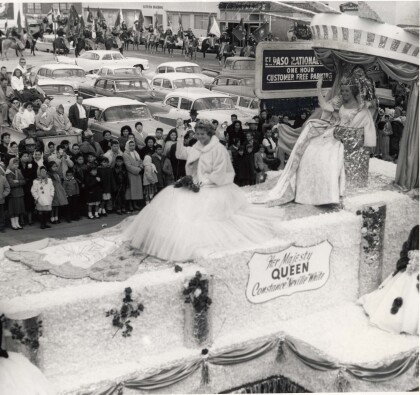
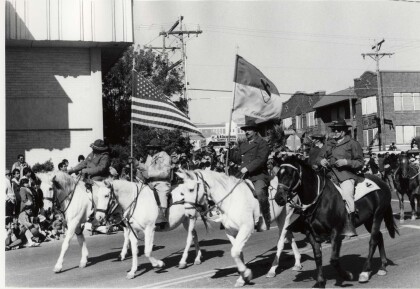
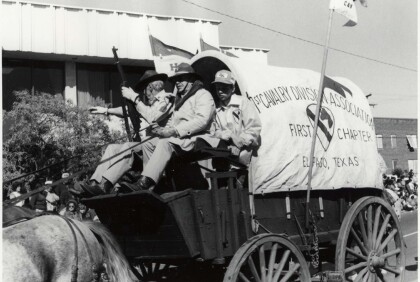
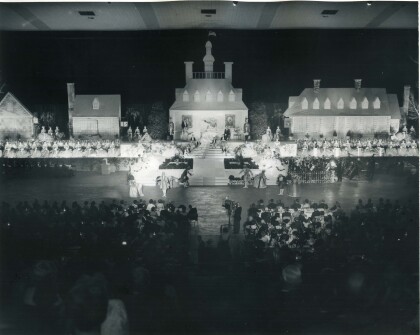
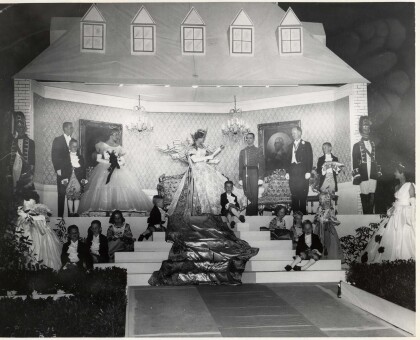
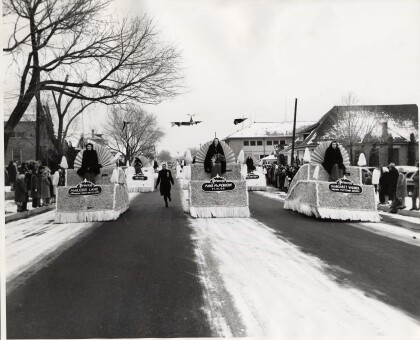
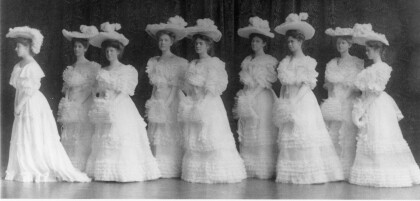
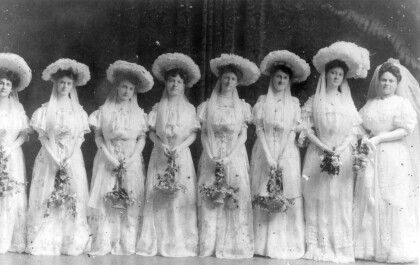
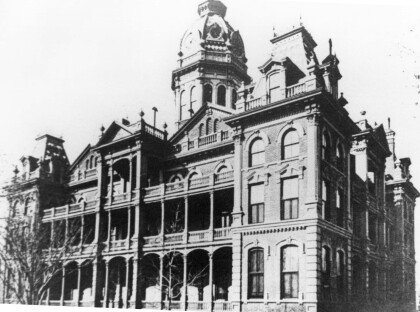
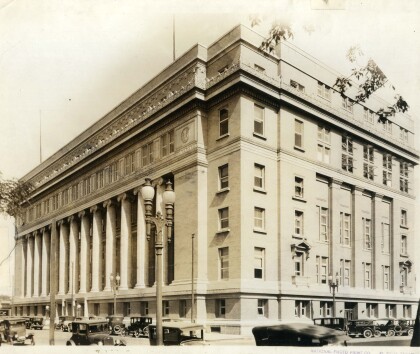
Comentarios
Hacer un comentario